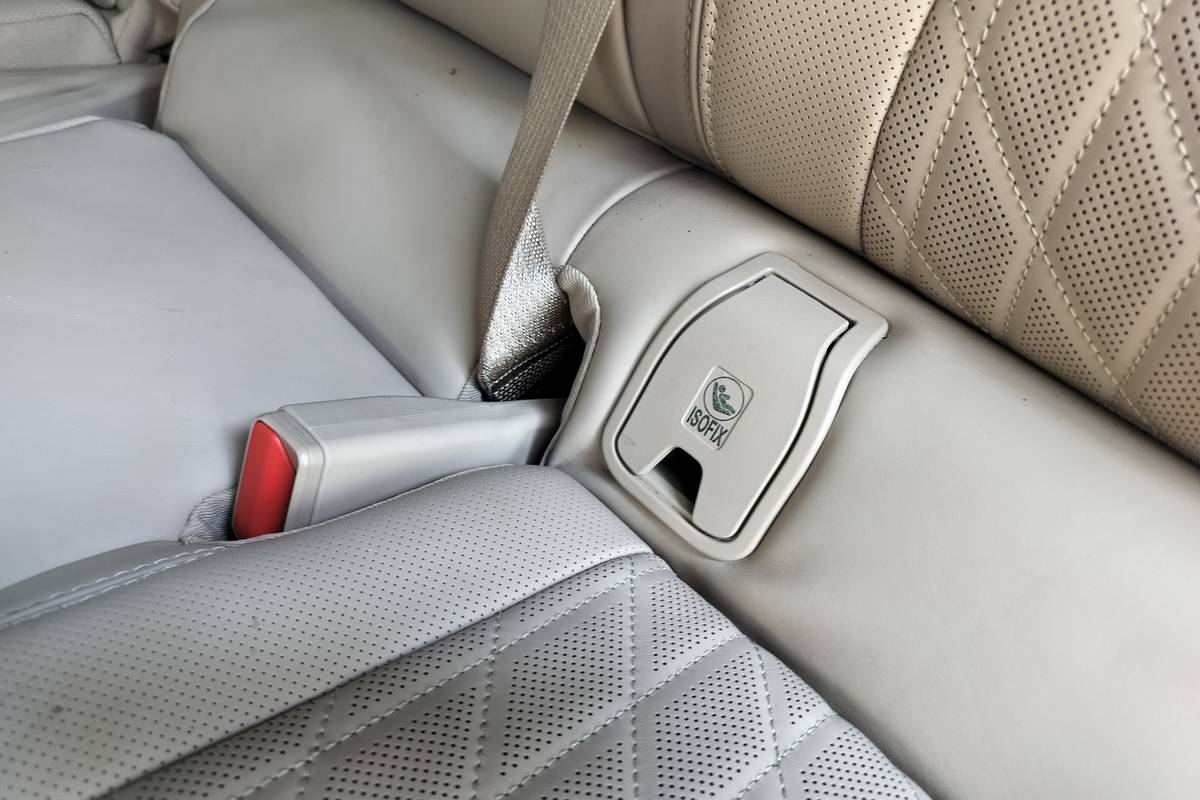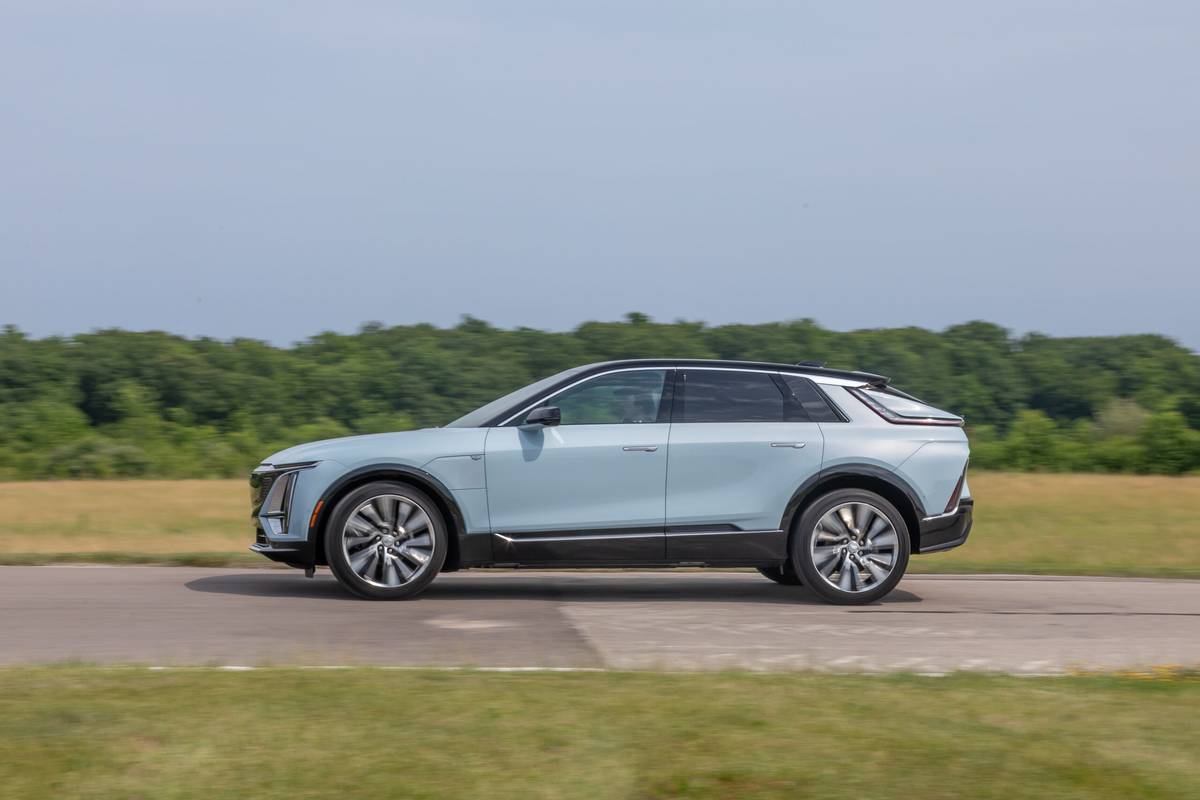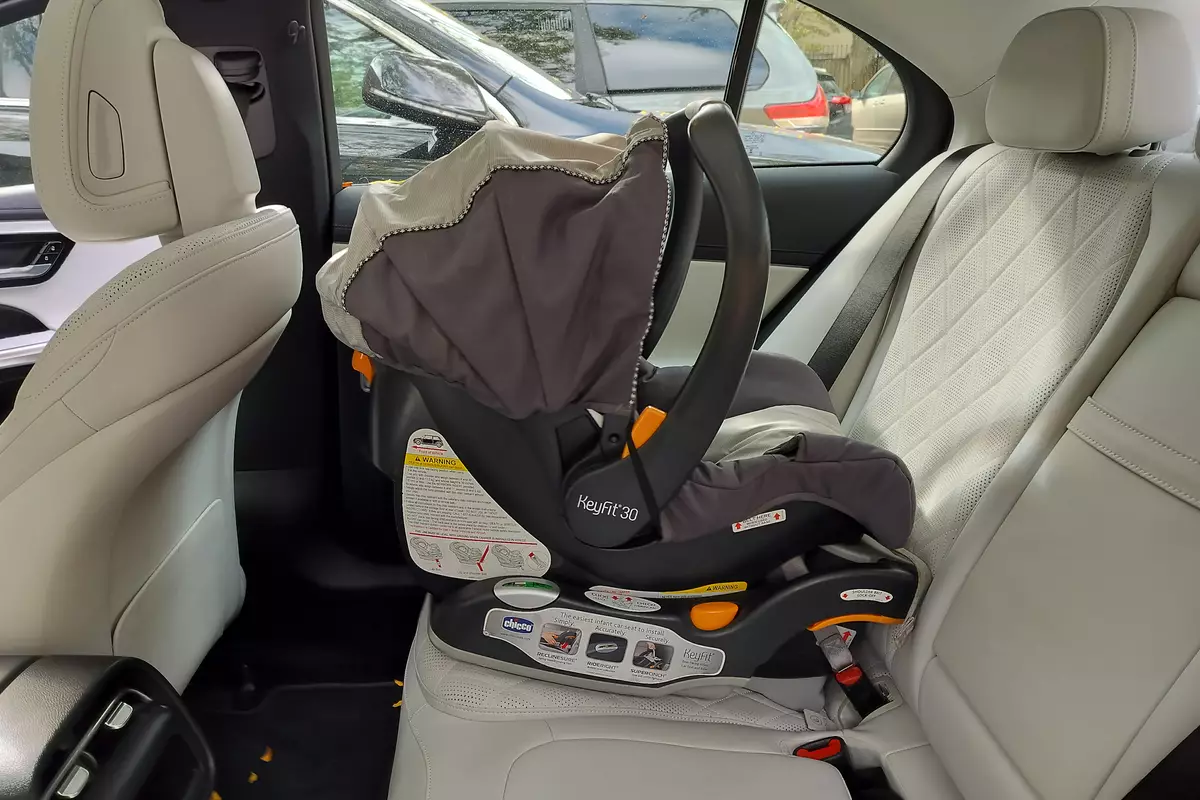Star-Telegram.com's view
Off-road driving has long been one of my favorite pastimes, and much of it has been done in vehicles from the British SUV king, Land Rover.
The company’s latest effort is the redesigned LR – formerly known as the Discovery in the U.S. market.
This newest version, introduced for 2010, is called the LR4, indicating that it is the fourth generation of the Discovery, whose 2009 model, representing the third generation, was the LR3.
The LR4 is part of a four-vehicle lineup for Land Rover in the U.S. market. The others include the entry-level LR2, and the more-expensive Range Rover Sport and even more-expensive Range Rover models.
Lots of changes have been made in the LR since I owned my second-generation Discovery II, a 1998 model.
But one attribute has remained constant as this vehicle has evolved since its 1989 introduction: It’s an awesome companion for a trek into the wilderness, whether it be the mountains of the West (think West Texas, New Mexico, Colorado, Utah, Arizona) or the greener hills of Appalachia (the Smokies, for instance), both of which offer countless scenic vistas that can only be reached with a capable off-road vehicle.
The LR4 is one of the few true sport utility vehicles still on the market as automakers in recent years have shifted their focus from the once highly popular SUV genre to the more gentile crossover concept – vehicles that are SUV-like but aren’t built to handle the tough challenges that mountain trails offer.
This newest LR model continues to have the legendary off-road capabilities of the earlier generations, although Land Rover has made some aesthetic concessions to make the vehicle more palatable to those who would buy crossovers.
For 2010, its exterior is less boxy and more rounded, although it’s still instantly recognizable to Land Rover fans as a Discovery/LR.
And whether you’re into off-road exploring or not, the LR4 I tested during a particularly snowy week recently was a great vehicle to have. If mountains, mud and sand are fodder for the LR, so is that slippery white stuff that has made this one of the most miserable winters I can remember (and I grew up in snow country)
Our tester was the five-passenger L4, which has a base price of $48,100 (including freight), plus the uplevel HSE option ($3,650), which tacked on such extras as a hard-disc navigation system (with off-road capability, too), Bluetooth, front and rear parking aid, Sirius satellite radio, 19-inch alloy wheels, a cold-climate package, and HSE badging.
The climate package brought heated front bucket seats with three settings, heated second-row seats with two settings, and heated windshield, washer system and steering wheel.
Other extras on my vehicle included the heavy-duty package ($750), and the optional Bournville paint job ($950), for a total package price of $53,450.
Under the hood was a new 5.0-liter, direct-injection V-8 engine with plenty of power to push this hunk of metal along — 375 horsepower and 375 foot-pounds of torque. That’s up from 300 horsepower and 315 foot-pounds of torque from the 4.4-liter V-8 in the 2009 LR3. This is the same engine used in the new Jaguar XF sedan.
For the off-road use, drive belts have been waterproofed, along with the alternator, air-conditioning compressor, power-steering pump and starter motor, allowing the engine to become nearly submerged during water crossings. The LR4 can run in up to 27.6 inches of water, although I wouldn’t recommend trying on any of those streets that flood during heavy rains.
In spite of all the extra power, EPA fuel-economy estimates remain the same as for 2009 — 12 mpg city/17 highway. While that’s not very efficient in today’s vehicle climate, it’s pretty decent considering the capabilities of the vehicle and the power of the engine.
Unfortunately, there is no smaller and more-fuel-efficient engine option offered – such as a V-6, for those who want to make fewer stops at the gas station. In Europe and other markets, the Discovery (the name still used outside North America) has been available with a 2.7-liter V-6 diesel engine.
A new six-speed automatic transmission is the only gearbox available in the LR4. In other markets, a six-speed manual is offered along with the automatic. U.S. buyers won’t have that option, as consumers in this price class generally prefer automatics.
Of course, Land Rover’s great permanent four-wheel-drive system is standard, as well as low-range gearing for serious trail driving.
I found the V-8’s power to be more than adequate for everyday driving chores, such as accelerating to freeway speeds on uphill ramps as well as passing on two-lane country roads. The LR4 can accelerate from zero-60 mph in 7.5 seconds, fairly impressive for an SUV.
Ride and handling are surprisingly smooth on the highway and off. And great improvements have been made in the front seats since my ’98 Discovery came to market – my biggest complaint with that vehicle was a driver’s seat that made me feel as though I was sliding forward all the time. In the 2010 LR, the seats are much more comfortable, with just enough side bolstering to keep me in place on the trail.
Land Rover says it has improved the LR’s on- and off-road performance with this makeover. That includes the capabilities of the Terrain Response system, which has driver-selectable modes for different types of trail surfaces – such as sand, mud or rocks.
The vehicle remains on the same body-on-frame chassis architecture of the previous generation, which was developed under the guidance of Ford Motor Co., which owned the brand for eight years before selling it in 2008 – along with Jaguar — to India’s Tata Motors. Land Rovers are still built in England, where they have been assembled since the brand began in 1948.
Exterior changes are most obvious with smoother lines and a more-aerodynamic bumper. There is a lower front chin spoiler and new front-wheel deflectors, designed to reduce drag.
Outside lights now include LEDs at the front and rear, and the headlights switch automatically between low and high beams. Optional are 20-inch wheels.
The interior has a more-upscale look, rather than the functional theme that has prevailed throughout previous generations.
Among cool new optional features is a five-camera “surround” system that is great for parking and towing trailers, but also for negotiating tricky, narrow off-road trails. It wasn’t included on our vehicle, however; it comes as part of the $11,115 HSE Lux Plus package.
A smart-key system allows for keyless entry and pushbutton starting. Other new features include an interface for portable music players and an optional HD radio.
Land Rover’s Hill Descent Control system was improved with a new feature, Gradient Release Control. This helps control start-up when going down steep inclines, and increases control when the brakes are released at extreme angles, the company said.
Leather seats are standard. The steering wheel has driver-information, audio and cruise-control buttons. Other interior features include a choice of wood trims, along with stitched and wrapped fascia, door casings and center console.
The HSE Lux ($9,565) and Lux Plus options include the seven-seat comfort package premium leather seats, and a 480-watt Harmon/Kardon audio system with 14 speakers.
The seven-seat package by itself is $1,150 and brings second-row fold-flat seats; third-row, fold-flat, forward-facing seats; side-curtain air bags; map lights; accessory power outlet; rear luggage net; an additional front cup holder; and second-row heating/air-conditioning controls.
A rear-seat entertainment system ($2,500) is available, with dual screens and a six-disc DVD changer, wired headphones and remote control, along with input jacks for video games and MP3 players.
The automotive columns of G. Chambers Williams III have appeared regularly in the Star-Telegram since 1994. Contact him at (210) 250-3236; chambers@star-telegram.com.
Latest news



